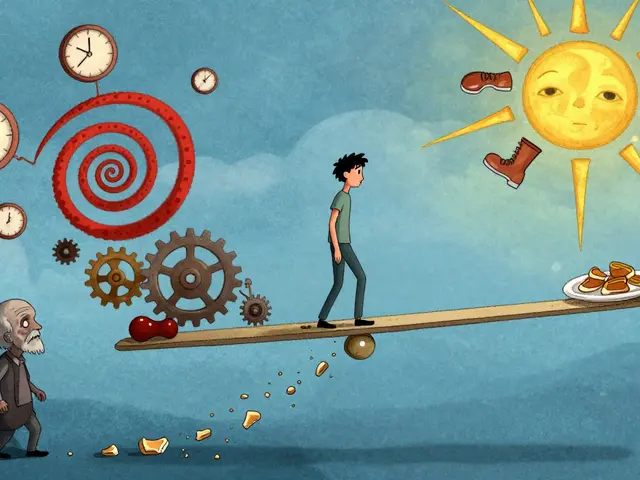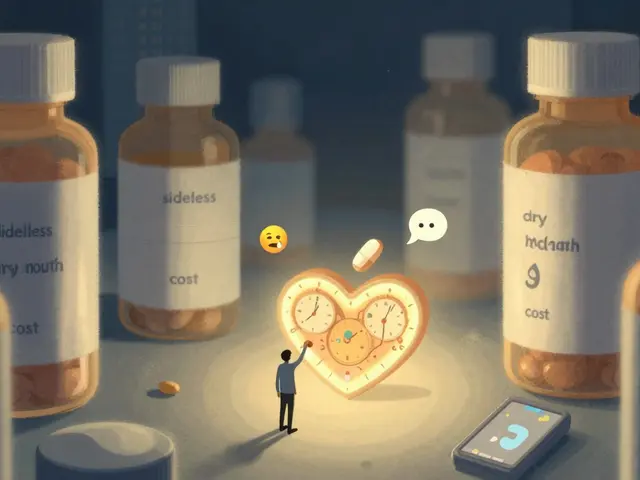Amlodipine: What It Does, How to Take It, and Side Effects
Amlodipine is a common blood pressure pill that many people tolerate well. One dose can help lower blood pressure for a full day, which makes it easy to use. If you or someone you care for was prescribed amlodipine, this page gives simple, practical steps to use it safely.
How amlodipine works and when it’s used
Amlodipine is a calcium channel blocker. It relaxes blood vessels so blood flows more easily, which lowers blood pressure and reduces chest pain from angina. Doctors prescribe it for high blood pressure, certain types of chest pain, and sometimes for preventing heart-related events when combined with other drugs.
It usually starts working within hours and reaches steady levels after several days. Most people take it once a day because its effects last 24 hours or more.
How to take amlodipine — practical tips
Typical adult dose is 2.5–10 mg once daily. Your doctor will pick a starting dose based on your health and may lower it if you’re older or have liver problems. Always follow the prescription. Take it the same time each day — morning or evening — and try not to skip doses.
Don’t stop amlodipine suddenly. Stopping can cause a quick rise in blood pressure or worsen chest pain. If you need to stop, ask your doctor for a plan to taper or switch meds.
Store tablets at room temperature away from moisture and heat. Keep a record of your blood pressure, especially when you start or change the dose. That helps your doctor see if the drug is working or needs adjusting.
If you buy meds online, only use licensed pharmacies and always fill a prescription from your doctor. Be wary of sites that don’t require prescriptions or offer suspiciously low prices.
How do you know it’s working? You should see lower home blood pressure readings over a week or two and fewer angina episodes if that was the reason for treatment.
Watch for swelling in the ankles, which is common with amlodipine. Elevating feet and wearing compression socks can help, but tell your doctor if swelling is severe or sudden.
Serious issues like very low blood pressure, fainting, chest pain, or fast irregular heartbeat need urgent medical attention.
Common side effects include ankle swelling, flushing, headache, dizziness, tiredness, and sometimes gum overgrowth. Most fade with time or dose changes.
Mind drug interactions: grapefruit juice and strong CYP3A4 inhibitors can raise amlodipine levels. Amlodipine can interact with other blood pressure drugs and some statins (doctors often limit simvastatin to 20 mg when used together). Tell your provider about all medicines and supplements you take.
If you’re pregnant, breastfeeding, or have severe liver disease, discuss risks and alternatives with your doctor. Regular monitoring and clear communication with your healthcare team will keep treatment safe and effective.
Amlodipine Interactions: How to Combine Medications Safely
Mixing medications with amlodipine can throw a wrench in your treatment if you’re not careful. This article breaks down common drug interactions, why they matter, and the smartest ways to handle your medicine cabinet. Get real-world tips for spotting risky combos and talking to your doctor. Stay safer by knowing what works (and what doesn’t) with amlodipine. Treat your daily pills with the respect they deserve.




